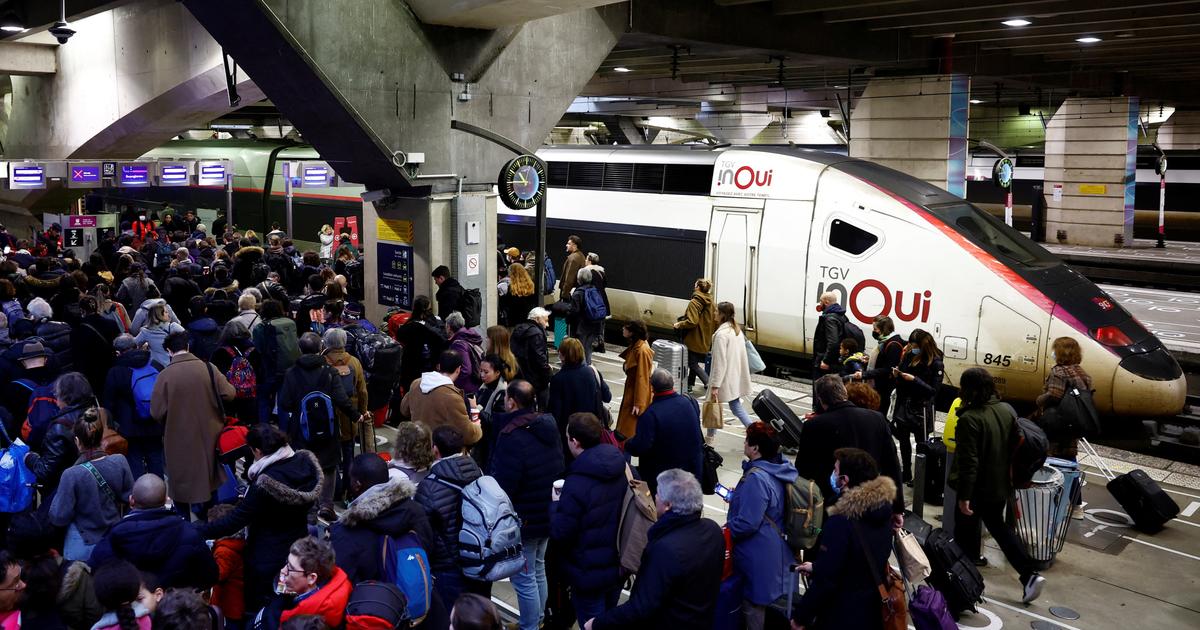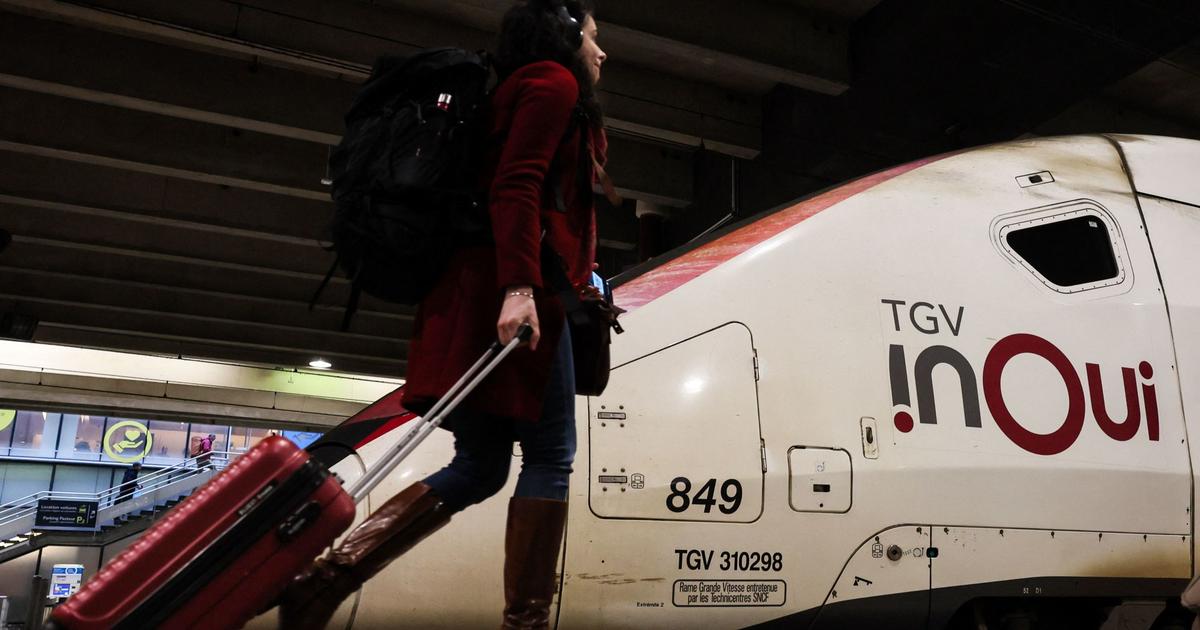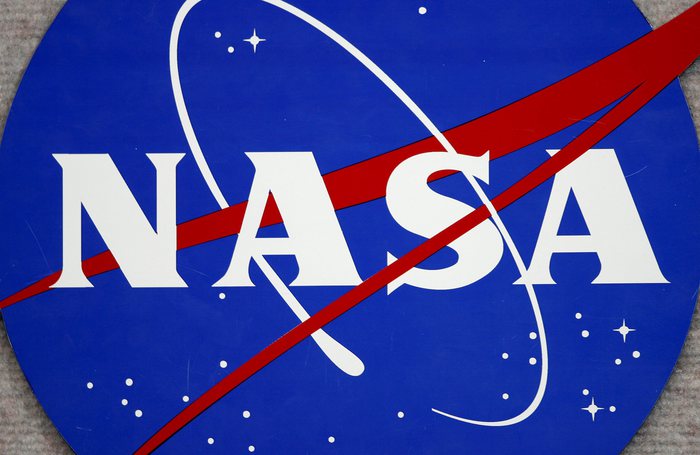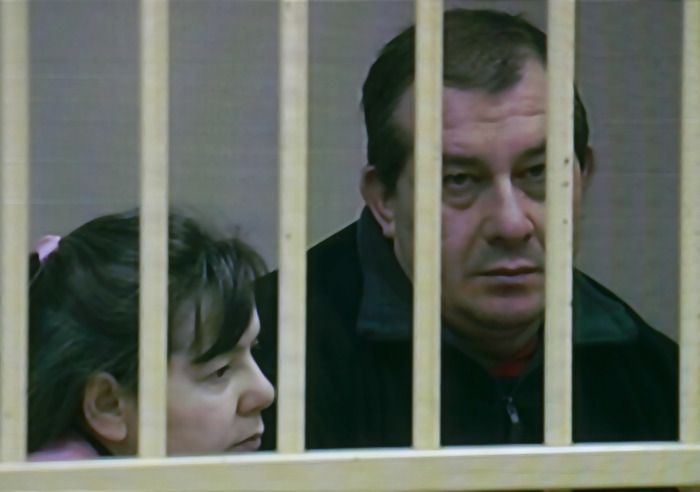Even if the New Year's Eve weekend has just been saved in extremis thanks to the signing of the agreement between the SNCF and the railway unions, it is already too late for Christmas.
However, the lifting of the strike notices should mean the end of the social mobilization of the controllers, and therefore the end of the disturbances.
So why is it not possible to restore train traffic as quickly as possible?
To discover
Prime Macron 2022: conditions, amount, date of payment... how does it work?
"
It's not that simple,
" explains
the SNCF Voyageurs communication department to
Le Figaro .
The agreement reached only related to the strike notices concerning the New Year weekend, those filed for the Christmas weekend therefore remain unchanged
”.
Thus, the employees of the railway company having declared themselves in favor of wage mobilization are free to continue the Christmas strike.
The latter began on Thursday evening, and will continue until the evening of Monday, December 26.
Read alsoSNCF: the mobilization of a collective of controllers, a sign of a “yellow vest” of social movements?
In addition, transport plans specifying the disruptions that will affect the rail network have already been established and cannot be changed at the last minute.
Indeed, the movement of trains involves meticulous organization, mobilizing colossal technical and human resources.
“
It would be impossible to dispatch trains, drivers and on-board staff at the last minute, which is why we have to plan our days well in advance,
” describes SNCF Voyageurs.
The Christmas weekend will therefore take place according to the transport plans communicated last Wednesday.
A thousand skippers declared themselves strikers - almost half of them - and one in three trains was canceled on Friday and two in five on Saturday and Sunday, leaving 200,000 passengers at the platform.
Some axes will be more affected than others, such as the Atlantic axis or the North axis, with only one out of two TGVs.
Users have already anticipated
Another element, at the announcement of this bad news, the SNCF put in place exceptional measures to compensate as best as possible for the hassle of users.
All passengers who had a TGV Inoui, Intercités or Ouigo canceled between December 23 and 26 can benefit from a free exchange or a full refund.
Added to this is compensation, in vouchers, equivalent to twice that of the canceled trip.
Read alsoSNCF: the mobilization of a collective of controllers, a sign of a “yellow vest” of social movements?
Despite these compensations, the difficulties of canceled or full trains have prompted many travelers to turn to other means of transport, whether public or not.
The private car remains the most popular solution, to the point of creating major traffic jams.
Bison Futé had warned that Friday was already at risk of being complicated on the road in Ile-de-France: the road information service advised leaving the region before 10:00 a.m., with a peak of traffic jams expected between 3:00 p.m. and 6:00 p.m.
But at noon, the Sytadin site was already reporting an unusual level of 244 kilometers of traffic jams.
Buses were also stormed.
The coach company FlixBus declared an increase of 10 to 15% in the number of passengers transported this weekend, compared to 2019. The majority of carpooling trips are also full.
Even the air solution was considered: the travel search engine Liligo has seen searches for plane tickets quadruple since the strike was announced.
In other words, the injured passengers have already found other solutions, and adding new trains at the last moment would have no effect for them.














